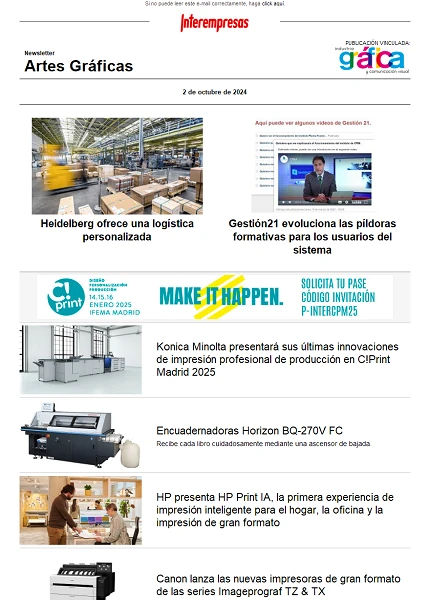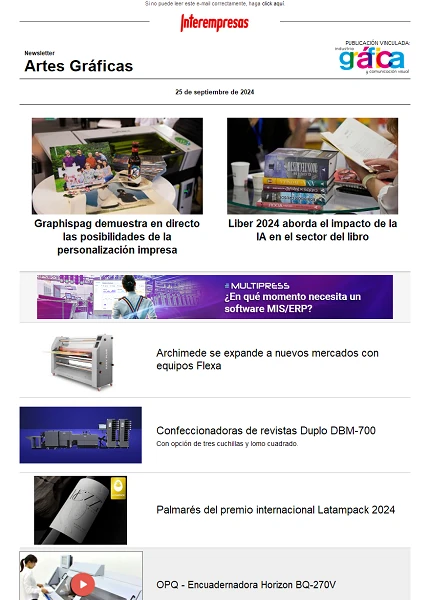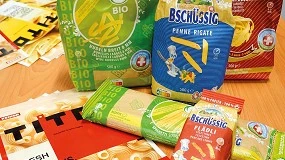The sector's commitment to sustainability role to deal with the crisis
November 2, 2009
The sector of the pulp and paper, in a time of crisis in which society and Governments are putting into question economic and environmental aspects of the current model of economic development, confident in the future of your business modelconvinced that only the industries based on natural cycles will thrive in the future. Increasingly, markets demand products that satisfy the needs with the minimum environmental cost and greater respect for nature.
Crops of wood for paper plantations
The wood to make paper is cultivated in 430,000 hectares of plantations, which absorb CO2 and generate employment directly (work of afforestation and forestry of the forest plantations) and indirect (machinery, transport, workshops...) and enhance rural development.
In 2008 these plantations employing 14.558 workers (direct 3.640, a 2.8 less than in 2007, and indirect 10.918, a 0.7 more than in 2007).
The stored CO2 amounted to 49.8 million tonnes of carbon equivalent in 2006 (most recent available figures), an increase of 5.5% compared to 2005.

The wood to make paper is grown on 430,000 hectares of plantations.
Photo: Alfred Borchard.
Forest certification
The commitment of the sector with the forest certification is clear: in 2008 already had its chain of custody certified 100% of pulp mills.
Energy efficiency and renewable primary energy sources and cleaner
The sector employed as fuel in 2008 biomass 23% and 74% of gas, betting on renewable primary energy sources and cleaner.
The use of biomass increases in volume, although not as a percentage, because the increase in capacity of the sector in recent years has been mainly on paper, when it is in the cellulose where there is a greater use of biomass as fuel.
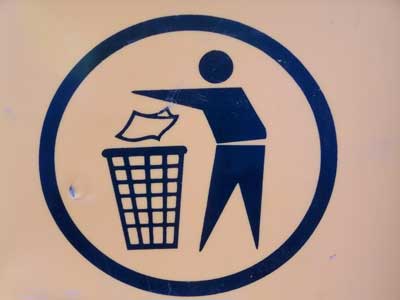
In 2008 the total emissions of the sector (4.6 million tonnes of CO2) fell 2.1%.
Photo: Sándor Balázs.Emission reduction
In 2008 the total emissions of the sector (4.6 million tonnes of CO2) fell 2.1%.
It increased the percentage of emissions from combined heat and power, which account for 73% of total emissions, compared to 69% in the previous year. And it should not be forgotten that the bet of the sector by the cogeneration, efficient energy, represents a significant decrease in the aggregate of the country's emissions.
Recovery of the waste of the process
In 2008 more than 60% of the waste of the process is valorizaron (agricultural direct use, composting, ceramic industries and cementera…) and the percentage of waste that ended up in the landfill (37.5%) was reduced by one point and a half from the previous year.
Use of water and runoff
Only 5% of the water used in the process is consumed and the remaining 95% is returned after being purified in own sector facilities.
The use of molecular chlorine in the manufacture of cellulose in Spain has been completely eradicated: 100% of the pulp produced in Spain is TCF (totally chlorine free) and ECF (Elemental chlorine free).
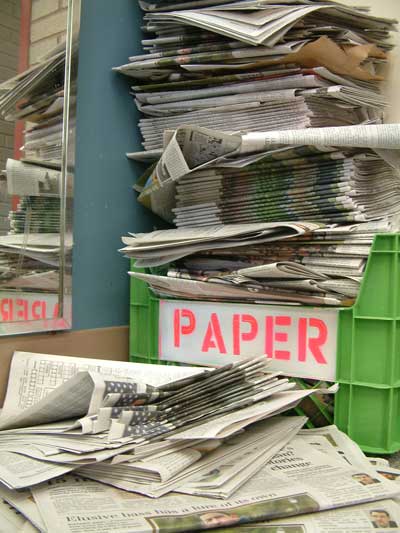
Photo: (C) Glass.
In 2008, unfavourable developments in the economy, forced the plants to make continuous adjustments of production, with stops and starts that made it impossible to stabilize and optimize processes. This unstable situation is reflected in the use of water, which increases by 2.3%, and in the volume and quality of discharges: the unit discharge per tonne increases 6% for cellulose and 11% for the role and, in terms of its quality, evolution is negative in most of the indicators.
Certified environmental management systems
In 2008 94% of the production was carried out under certified environmental management systems (SGM), compared to 75 per cent in 2006.
Increase of recycling
In 2008, 69% of the paper consumed (compared to 64% in 2007) was recovered for recycling.
5 Million tonnes of paper and cardboard recovered and recycled assumed space savings in landfill equivalent to 50 large full football as the Bernabeu or Camp Nou stadiums up top and a saving of landfill of 4.5 million tonnes of CO2 emissions.
Municipal separate collection in major cities
The municipal separate collection of paper and cardboard in local authorities with more than 100,000 inhabitants is situated in 29 kg per capita, while the roof continues to grow until the 72 kilos per capita in the Commonwealth of San Marcos (San Sebastian)as reflected in the report great cities, recently developed by Recipap.
Data present in the memory of sustainability in the paper sector
Crops of wood for paper plantations
- 430,000 has surface wooded thanks to the activity of the sector
- 3640 direct employment and indirect 10.918 plantation
- 49.8 million tons of equivalent carbon stored in the plantations
Forest certification
- 100% of the factories of cellulose
Energy efficiency and emissions reduction
- Use of fuels: 74% natural gas, and 23% biomass
- Cogeneration: 1,075 MW of energy-efficient
- The total emissions of the sector decreases 2.1 %
Use of water and runoff
- Unfavourable developments in the economy, forced continuous adjustments of production, with stops and starts that made it impossible to stabilize and optimize processes, which is reflected in an increase in the use of water (2.3%) and the negative evolution of the volume and quality of discharges
Recovery of the waste of the process
- More than 60% of the waste of the process value: composting, ceramic industries, agricultural direct use and cementera…
Certified environmental management systems
- 94% of the production with SGM certified
Leadership in recovery and recycling
- Recovered for recycling the paper consumed 69 %
- Annual savings of a space equal to 50 football stadiums landfill
- Annual savings of emission in dump of 4.5 million tons of CO2





